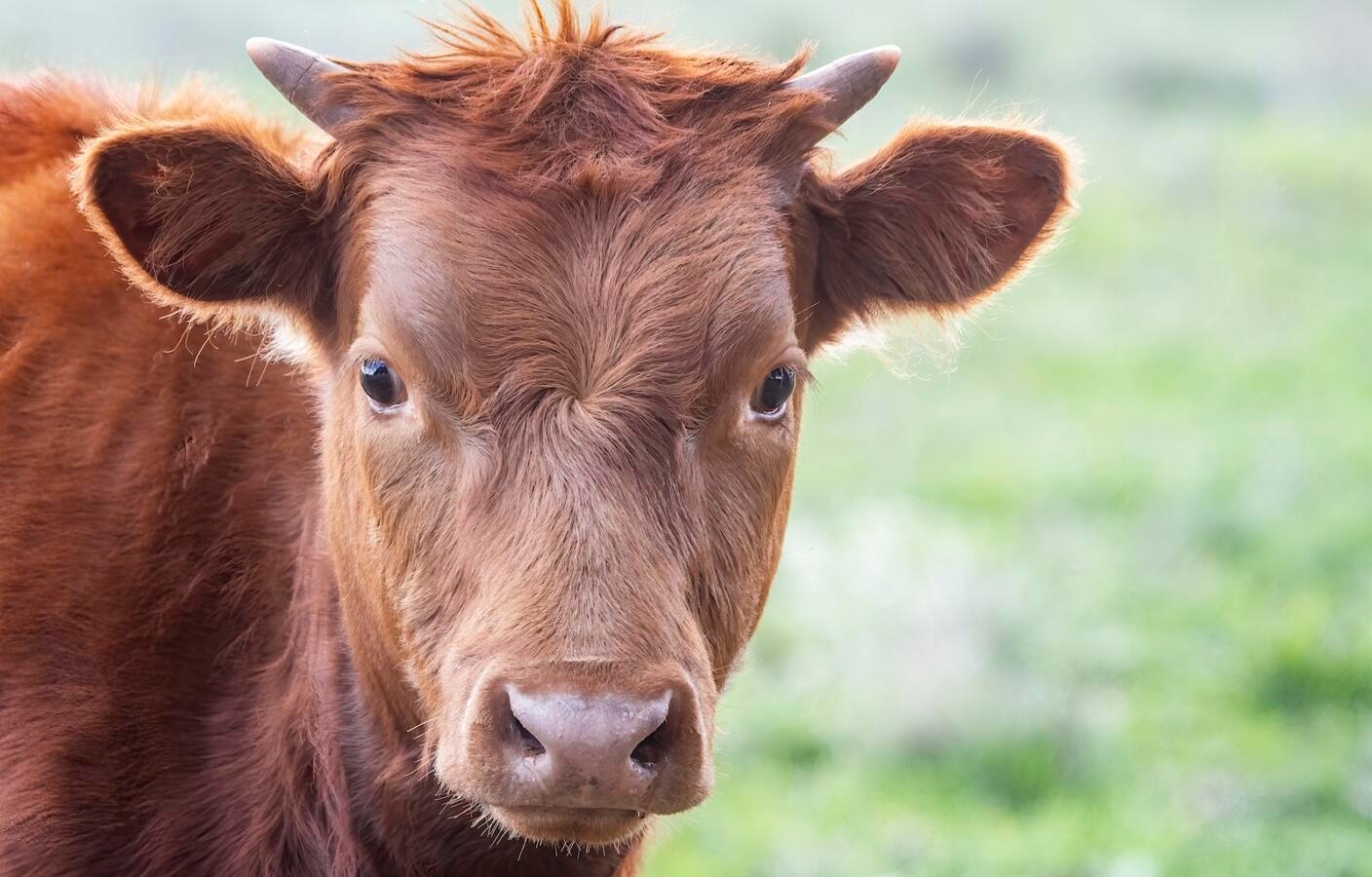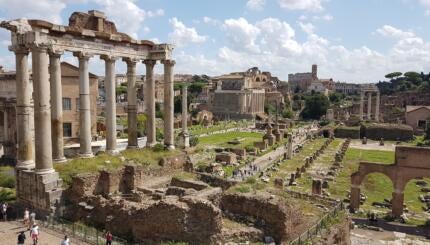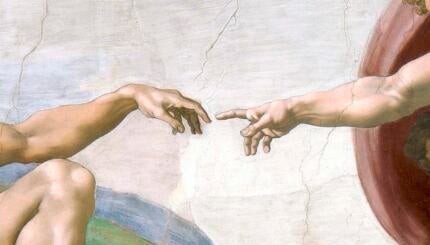This Shabbat is known as Shabbat Parah, one of four “special Shabbatot” observed in the weeks leading up to Passover. Literally translated as “Shabbat of the Cow,” Shabbat Parah is so named because the additional scripture read in synagogue centers on unique ritual purifications enacted through a rare creature: a cow born entirely red.
The red heifer is not the only significant cow in the Torah. A few weeks ago, we read about the people’s worship of a cow of a different color, a golden calf, often considered Judaism’s original sin. The rabbis explicitly connect these two, explaining that “the mother [the red heifer] must clean up the mess made by the child [the calf].” Still another significant cow in the Bible is the eglah arufah, a calf whose neck was broken in a clearing ritual if an unidentified corpse was found in a field.
But beyond these bovines, cows pervade the Bible. Abraham and family were cattle herders. Bulls were at the center of Judaism’s sacrificial system, offered by chieftains and priests on behalf of whole groups. And in the prophet Ezekiel’s vision of the divine chariot, the ox is one of its four faces, alongside the eagle, the lion and the human. Some suggest this was the aspect the Israelites could see from their spot at the foot of Mount Sinai (thus inspiring a golden calf), while others point out that, unlike the other three, this face is herbivorous, placid and relatively benign. In worshiping a calf, were the Israelites expressing a desire for a deity they were not, as it were, so cowed by?
The Hebrew alphabet also bears witness to cow culture, with its first and last letters pictograms for the horns (aleph) and hind legs or tail (tav) of the ox. Some go so far as to connect cattle directly to revelation. Historian and psychoanalyst Dan Merkur famously posited that the collective theophany at Sinai resulted from consuming the psychedelic mushrooms that bloom so readily on cowpats. Whether or not this idea is (ahem) bull, it’s worth noting the importance of cows to other religious traditions. From Egyptian Hathor to the Hindu Krishna, with plenty of Mesopotamian examples in between, cows are frequently representations, chariots or consorts of the divine.
With your help, My Jewish Learning can provide endless opportunities for learning, connection and discovery.
Why are cows so prominent in Judaism and other faiths? Rabbi Samson Raphael Hirsch equates the ox, typically used for plowing fields, with humanity’s power to effect change in the world. Thus, any time we sacrifice an ox on God’s altar, we dedicate that power within ourselves to God’s service. Others point to the parallel between humans, the largest and most mature of the primates, and cattle, the largest and most mature of domesticated beasts. Not only do we use cow milk to supplement our own, but humans and cows gestate our young for an uncannily similar period. Perhaps cows are some subconscious substitute or surrogate for ourselves.
There is an astrological theory that civilizational epochs shift roughly every 2,000 years. Aptly, humanity’s focus on cattle was most pronounced between 4,000 and 2,000 BCE, known as the Age of Taurus and symbolized by the bull. It is at the end of this period that the Torah’s narrative takes place. Rabbi Zalman Schachter-Shalomi explains that spiritual mistakes commonly occur at these moments of change, and the error of the golden calf was emblematic of an epochal transition. As the Age of Taurus began to cede to the Age of Aries, the association of God with animal forms fell away, and images of the divine became anthropomorphic, often a great father battling evil.
We too are at a liminal time as winter cedes to spring. The reason Shabbat Parah is read prior to the Hebrew month of Nisan is that the purification rite of the red heifer readies us for Passover. It removes the stain of death — both the contaminating husks of the old year, and perhaps also the violence and chaos sacralized by Purim.
But we are also at a liminal time in the astrological calendar, as the Age of Pisces yields to the Age of Aquarius. And as at previous such transitions, humans understandably want to cling to the familiar. As epochs shift, mistakes are often made. Like the Israelites, we seem perilously attracted to worshipping gold and projecting ourselves on to domesticated gods we imagine we control.
Like our ancestors before us, we are called to let go of our sacred cows. This may mean relinquishing the image of a God remote, paternalistic and favoring some of his children over others. With the advent of the Age of Aquarius, we are entering a time when all life must be considered sacred, and where God is no longer seen as remote but everywhere and in everything. Aquarius, the water-bearer, reminds us of Isaiah’s prophecy: that the world be as filled with the recognition of God as the seabed is full of the sea.
This article initially appeared in My Jewish Learning’s Shabbat newsletter Recharge on March 30, 2024. To sign up to receive Recharge each week in your inbox, click here.



